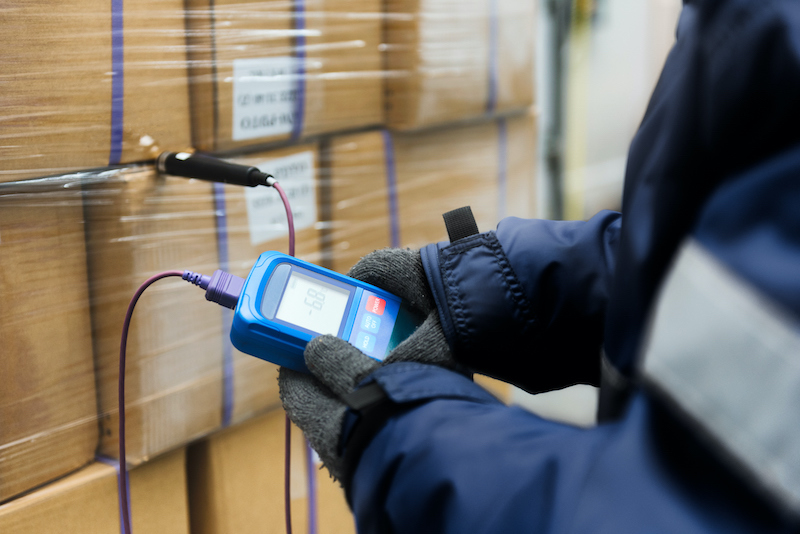Automation has fundamentally changed a lot about our day-to-day, from routine activities in our personal lives to the way we work. And while the applications may vary, the end results resonate with one another: a more productive, error-free environment where employees are happier. Automated remote temperature monitoring has made life a lot easier and employers happier as well.
Think about this in the context of an automated remote temperature monitoring system. While laboratories, hospitals, museums, and food/beverage storage facilities have relied on frequent manual temperature checks to monitor on-site cold storage devices, these methods have proven to be inefficient, error-prone, and frustrating for personnel that are often asked to do more with fewer staff.
While these variables are reason enough to invest in automated remote temperature monitoring, perhaps the biggest incentive is the safety of the assets stored in these devices — assets that, if compromised by temperature variations, can be costly to replace or sometimes irreplaceable.
Let’s dive deeper into the advantages that automated remote temperature monitoring delivers.
1. The Remote Monitoring Speed
Manual temperature monitoring checks traditionally happen twice a day: once in the morning and once in the evening. Logging the temperature data of a single freezer or refrigerator may only take a few minutes, but when you multiply the number of devices to monitor and consider their variance in location, this seemingly small to-do can turn into a time-intensive process. For instance, a museum staff member may need to navigate from display cases spread across multiple floors to the basement where storage freezers house plant and animal specimens.
Automated temperature monitoring solutions help eliminate this back-and-forth in the workday. With the ability to check temperature data from the convenience of a desktop or mobile device, personnel can perform the checks they need without the trouble of moving from space to space — or even being on-site, for that matter. This degree of flexibility lends itself to a better work environment.
2. The Automated Accuracy
Manually logging temperature data, like any other manual process, is prone to human error. As staff records temperature readings on a device’s log sheet, they might read and write down the temperature wrong — an innocent mistake that may cause temperature issues to be missed. Or, in the midst of a hectic workday, personnel may not realize until the next day that a temperature check was missed. And by that time, if there’s already a temperature issue, assets may be lost.
Trading in pen-and-paper solutions for automated remote temperature monitoring avoids such room for error. Real-time temperature readings are collected via sensors and sent to the cloud, with data made accessible to personnel via the platform’s intuitive interface. The accuracy of the data ensures corrective actions are taken when needed, while also making it easier for facilities to prove their regulatory compliance to the FDA, CDC, and other parties.
3. The Temperature Safety
A lot can happen in between the two manual temperature checks that happen daily. In the case of a freezer that stores vaccines, for instance, a tripped circuit breaker may shut off power to the cold storage device in the late morning. By the time the issue is discovered in the evening, the vaccines will have likely lost their potency and be deemed unusable. Alternatively, the lab may experience a power outage due to a storm over the weekend — when no personnel are on-site — which gives problems even more time to fester and cause damage.
Automated temperature monitoring systems are designed to provide round-the-clock monitoring. With no gaps in logging temperature data, staff have continuous access to the state of their cold storage devices so they can promptly address temperature concerns before they have a chance to escalate. Remote notifications can be sent to a number of personnel for the same devices, enabling problems to be remedied in a more efficient fashion.
What’s more, with internal batteries, an automated monitoring system can continue to collect and store data to prove proper temperatures were maintained during extended outages.
Invest for the Future
Ready to invest in automated remote temperature monitoring for your facility? Look no further than the 24/7, cloud-based temperature monitoring system from CORIS. Easy to install and use, our intuitive automated monitoring system — which features an internal battery pack option — measures the real-time performance of cold storage devices and proactively alerts personnel of problems.
Contact us to learn more about how our system can support your operations.





